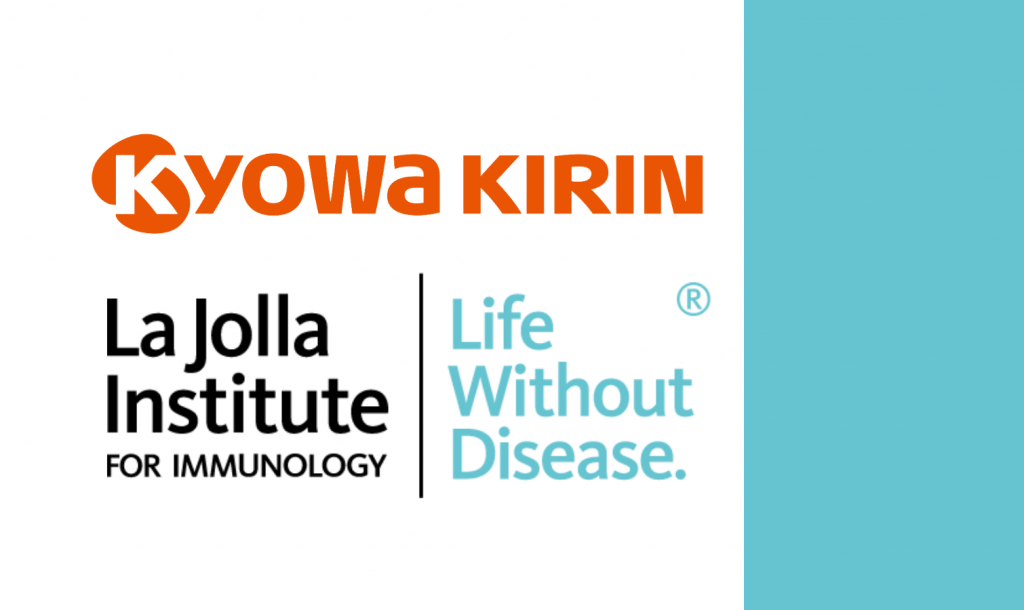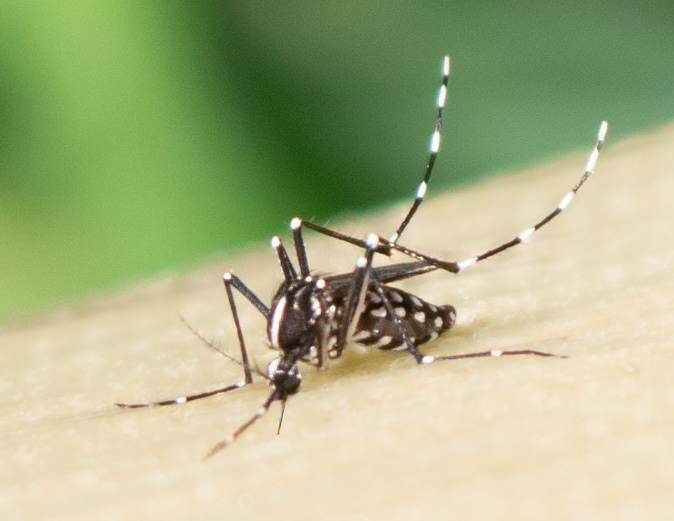
La Jolla, CA—The human genome contains the instructions to make tens of thousands of proteins. Each protein folds into a precise shape—and biologists are taught that defined shape dictates the protein’s destined function. Tens of thousands of singular shapes drive the tens of thousands of needed functions.
In a new Cell Reports study, researchers at La Jolla Institute for Immunology demonstrate how Ebola virus has found a different way to get things done. The virus encodes only eight proteins but requires dozens of functions in its lifecycle. The new study shows how one of Ebola virus’s key proteins, VP40, uses molecular triggers in the human cell to transform itself into different tools for different jobs.
“We’re all taught that proteins have ‘a’ structure,” says study co-leader Erica Ollmann Saphire, Ph.D., professor at La Jolla Institute for Immunology (LJI) and member of the LJI Center for Infectious Disease and Vaccine Research. “Ebola virus’s VP40 protein, however, changes itself into different structures at different times, depending on the function needed.”
VP40 is the protein that gives Ebola virus its distinctive string-like shape. Saphire’s previous studies showed that VP40 can take on a two-molecule, butterfly-shaped “dimer” or an eight-molecule, wreath-like “octamer” form.
There are dramatic rearrangements of the protein as it transforms from one to the other. The dimer is what physically constructs new viruses that emerge and release from infected cells. The octamer functions only inside the infected cell, in a controlling role, directing other steps of the viral life cycle.
The new study shows exactly what triggers these structural changes. The researchers found that VP40 senses and relies on particular human mRNA to make the transformation from the dimer to octamer.
Saphire worked with study co-corresponding author Scripps Research Professor Kristian Andersen, Ph.D. to deeply sequence RNAs captured and selected by VP40 inside cells. VP40 selected particular sequences, most often found in the untranslated tails of human mRNA.
Saphire lab postdoctoral fellows Hal Wasserman Ph.D. and co-first author Sara Landeras Bueno, Ph.D. , worked with purified VP40 in test tubes to get a glimpse of the dimer-to-octamer transformation in action. The duo tested many combinations of RNA molecules to try to trigger the transformation and found that particular human mRNA sequences rich in bases guanine and adenine were ideal for driving the same conformational change in vitro that they saw in high-resolution structures of VP40.
“We were very excited and surprised to see that the RNA that triggers this change comes from the host cell and not the virus,” says Landeras Bueno. “The virus is hijacking the host cell—this is another example of a virus acting like a parasite.”
Saphire says the study sheds light on the fundamentals of how information is encoded in the genome. There’s the genetic code, of course, but Ebola virus also controls how VP40 is deployed during different stages of its life cycle. “It has an additional layer of programming,” Saphire says.
The new study also offers further evidence that VP40 is a promising target for effective therapies. Because Ebola virus cannot spread without VP40, the virus is unlikely to acquire VP40 mutations that let it “escape” antibody therapies. This vulnerability has led the LJI team to think of VP40 as Ebola’s Achilles’ heel.
“VP40 fulfills an elaborate system of requirements for Ebola virus, so we don’t expect it to change much,” says Wasserman. “That means if we could attack VP40 specifically, the virus would be helpless.”
Wasserman says the octamer’s regulatory function is still slightly mysterious. The octamer is known to be essential to the Ebola virus life cycle, but more work needs to be done to understand how this VP40 structure controls Ebola virus replication.
Saphire is very interested in investigating whether other viruses—or living organisms—have proteins with the same “structural plasticity” as VP40. “I’ve always wanted to know if this kind of functionality is more common in biology than we think,” she says.
The study, “Cellular mRNA triggers structural transformation of Ebola virus matrix protein VP40 to its essential regulatory form,” was supported by the National Institutes of Health (grant P41 GM128577), the U.S. Department of Energy (contracts no. DE-AC02-06CH11357 and DE-AC02-76SF00515); and by the National Institutes of Health, National Institute of General Medical Sciences (grant P41 GM103393).
Additional study authors include co-first author Glenn Oliveira, Zachary L. VanAernum, Florian Busch, Zhe Li Salie and Vicki H. Wysocki.
DOI: 10.1016/j.celrep.2021.108986
###





